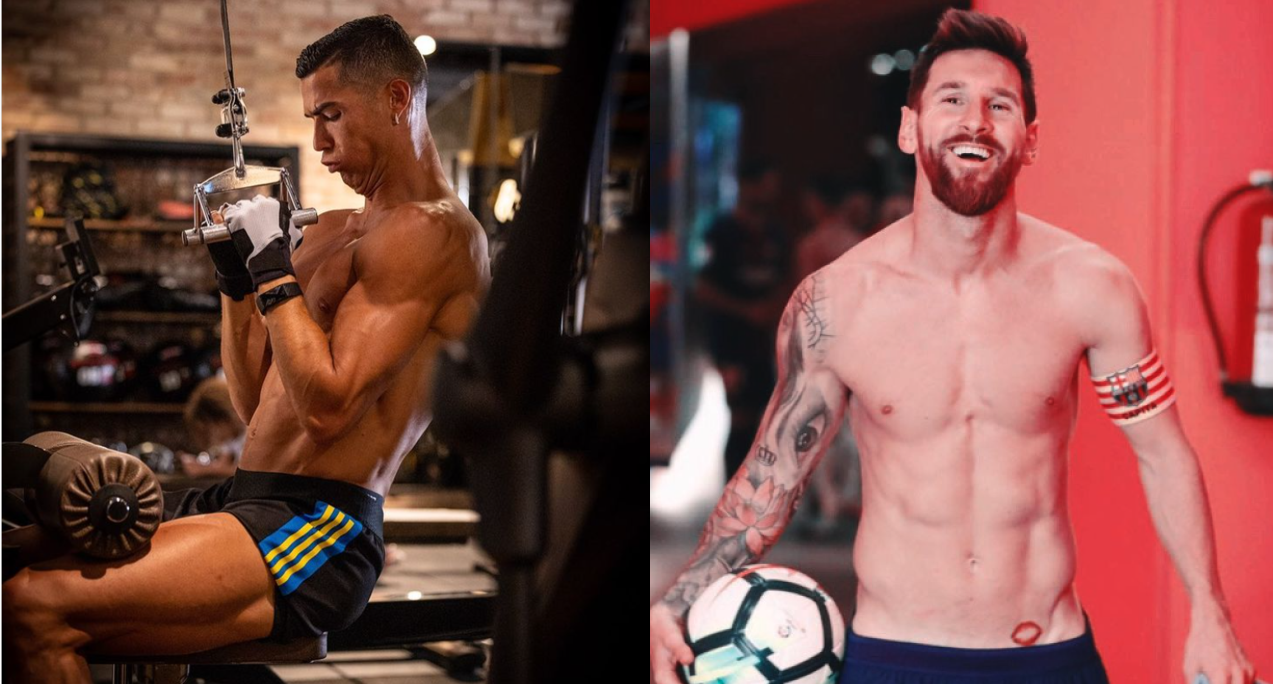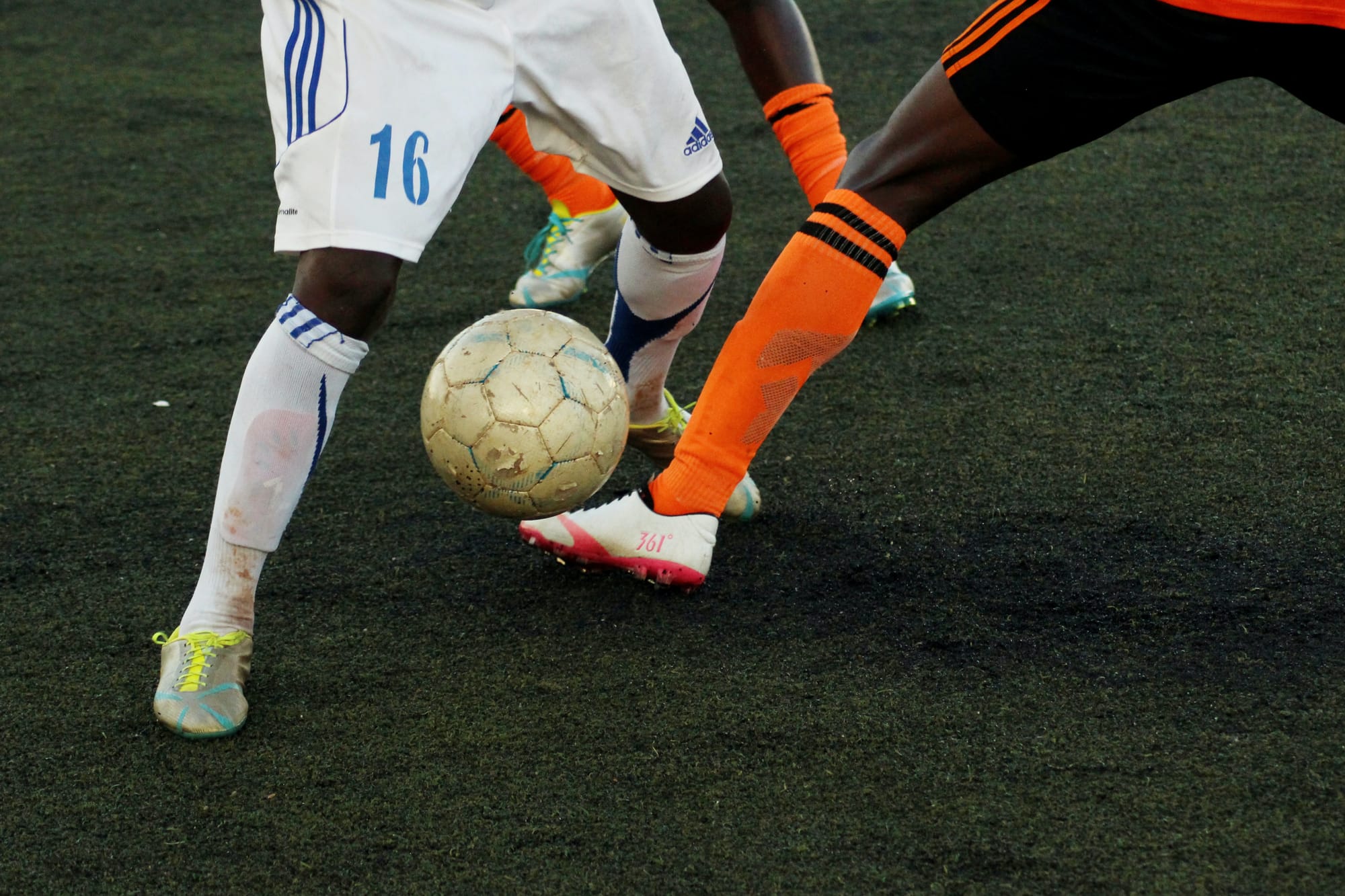Do Soccer Players Only Focus on Lower Body Workouts?
Do world-class soccer players really have impressive physiques? Think about Cristiano Ronaldo with his well-defined muscles, and then Lionel Messi, who, while fit, doesn't necessarily fit the typical 'muscular' image.

This raises the question:
Do soccer players, especially those in top leagues like the Premier League and La Liga, invest time in upper body training?
Considering soccer is predominantly a leg-dominated sport, is lower body training sufficient for them?
Or do they avoid weight training to keep from getting too bulky and slowing down on the field?
Let's delve into these queries and uncover the truth about soccer players' workout routines.
The Myth of Muscular Footballers
Contrary to the belief that muscular build equates to better performance in soccer, the game does not necessarily require a bodybuilder's physique. While a well-maintained body is essential, excessive muscles might not be beneficial for a footballer's agility and speed.
Lower Body Dominance in Soccer
Soccer predominantly demands lower body strength, making leg training indispensable for players. This focus on lower body muscles, particularly the hamstrings and glutes, is vital for performance, injury prevention, and muscle balance.
Upper Body Training: A Necessary Element
Despite misconceptions, upper body workouts are crucial for soccer players. They are not about building excessive muscles but about enhancing speed, elasticity, and efficient agility. Upper body strength forms the core of a player's overall physical conditioning, contributing significantly to their performance on the field.
The Reason Why Soccer Players Workout Plan Include Upper Body Workout
- Speed and Power Enhancement: Upper body training plays a crucial role in improving overall speed and power output, which is essential for quick sprints and dynamic movements on the field.
- Posture Recovery and Injury Reduction: A strong upper body aids in maintaining proper posture and balance during gameplay. It also helps in reducing the risk of injuries, which are common in high-impact sports like soccer.
- Advantage in Physical Encounters: Soccer is not just about footwork; it involves body-to-body contact. Having a well-developed upper body gives players an advantage in these physical confrontations, helping them maintain possession and stability.
Conclusion

The most critical aspect is achieving a harmonious balance between the upper and lower body. This balance ensures that the upper body does not become a hindrance in soccer, which heavily relies on the 'power zone' of abs, glutes, and thighs. While a perfect physique is desirable, it's not mandatory for excelling in soccer. The key is to develop a body that supports and enhances soccer skills, not one that focuses solely on aesthetics.
